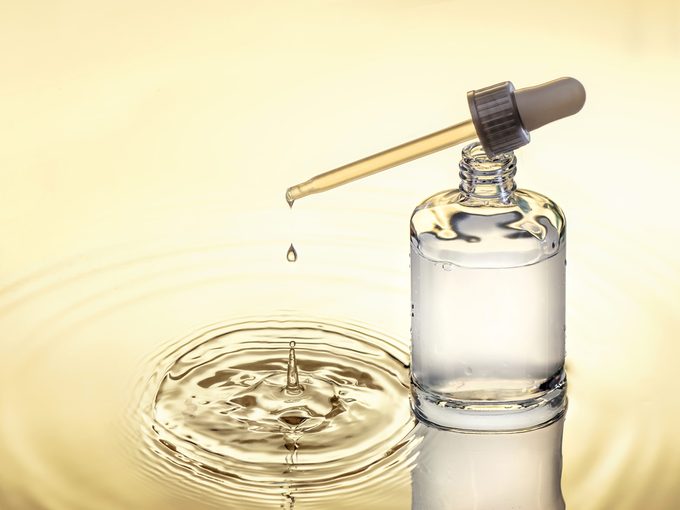How Serums Can Improve Your Skin
Find out what makes serums different from moisturizers, and why you should add them to your routine.

Light, fluid and fast-absorbing, facial serums are the feel-good stars of skin care—and are especially appealing if your skin has taken a beating over the summer and is in need of a moisture surge. The fact that they have an instant, tangible hydrating impact on the skin makes them somewhat addictive—in our staff test, the containers were pumped and squeezed to the very last drop—and a bit of a curiosity: What’s the difference between a serum and your regular moisturizer, and do you really need one?
According to Faouzi Berradia, Vichy Laboratoires’ medical relations director, serums are water-based moisturizers that contain a high concentration of active ingredients, such as vitamins, antioxidants and/or plant extracts, to super-hydrate your skin and make it more radiant. Unlike regular moisturizers, serums do not contain occlusive emollients like shea butter, so they penetrate skin quickly as opposed to sitting on its surface.
Generally, their silky texture comes from smoothing ingredients such as glycerin or “slip” agents such as silicone. Some are treatment-oriented (targeting dark spots, for example, or designed to firm the skin); check the package. Berradia says you should consider adding a serum to your regimen, whatever your skin type, to increase skin hydration. Apply it by massaging it into the skin, wait five minutes to let it sink in, then apply your regular moisturizer. If you have oily skin, a serum can be worn alone.
A drawback of serums is that they can be a little pricey—but one or two drops go a long way, right down to the décolleté. Bottom line: They aren’t essential, but they sure feel nice.
Source: Best Health Magazine, September 2008




